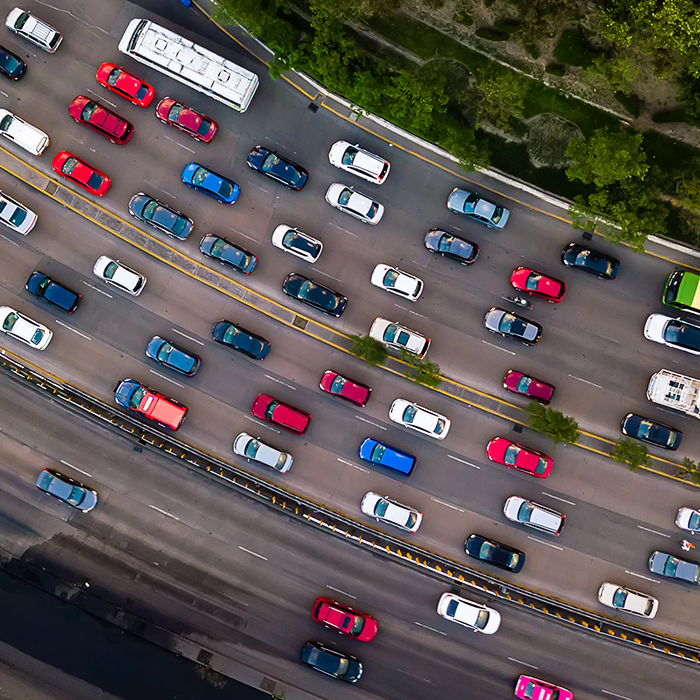To contribute to the 2030 environmental goal of reduced emissions from the transport sector by 70 percent compared to 2010, Tempcon invests heavily in alternative, fossil-free fuels, gas and electrified transport. We also contribute to development through participation in research projects such as E-charge. New preliminary statistics from the Swedish Transport Administration show that emissions fell by five percent last year, even though traffic is at the same levels as before the pandemic.
Even though emissions fell sharply last year, we still have some way to go to reach the goal. Last year’s level was a 31 percent reduction in greenhouse gases compared to 2010, so there is 39 percent left to reach the goal of a 70 percent reduction in 2030.
– It is positive that so much of the energy used in road traffic is fossil-free and renewable, says Sven Hunhammar, environmental director at the Swedish Transport Administration. In 2022, the percentage increased from 26 to a preliminary 29 percent, which is a record.
The share of electric passenger cars and light trucks in new car registrations increased from 18 to 32 percent. Plug-in hybrids and more energy-efficient non-rechargeable cars also contributed to reduced emissions. Carbon dioxide emissions from new passenger cars decreased during the period to approximately 70 grams/kilometer from last year’s average level of 88 grams/kilometer. Sweden used to have the highest carbon dioxide emissions per kilometer for new passenger cars in Europe, but now only Norway and Iceland have lower emissions than Sweden.
The shift to an electric passenger car fleet reached record levels at the end of last year. The next step is the electrification of trucks, where both vehicles and charging infrastructure need to be developed. The electric trucks we have in operation today within Tempcon work very well in distribution traffic and now it is time to take the next step for the long-distance, heavier transports. It requires quick, clear and long-term conditions as well as well-functioning coordination. But even with very strong electrification, significant amounts of biofuels must be used to meet the 2030 target according to the Swedish Transport Administration. By 2045, the need for biofuels will be lower because electrification will have had time to make a significant impact by then, it is believed.
As a step towards reaching the 2045 goal of a transport sector with zero emissions, the European Commission proposed on 14 February new carbon dioxide emission targets for new heavy vehicles from 2030 onwards. Compared to 2019 levels, the Commission proposes to reduce emissions for new heavy-duty vehicles by 45 percent from 2030, 65 percent from 2035 and 90 percent from 2040.
